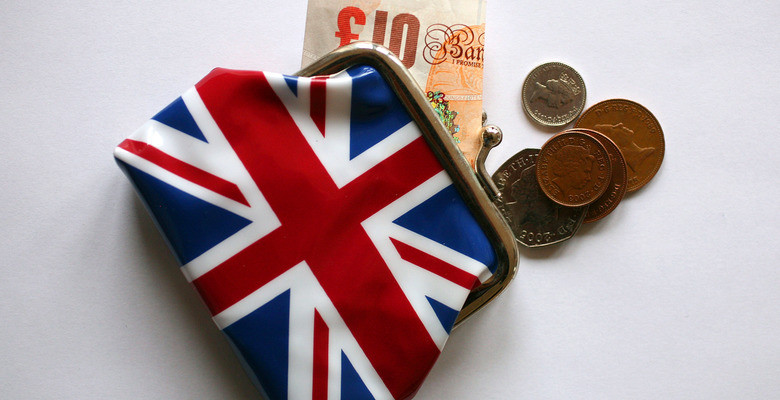
At the time of the COVID-19 pandemic, the pound sterling had forgotten about the most important economic problem. The issue of the United Kingdom's exit from the Euroblock was yet again reopened. Experts believe that Brexit will become a determining factor for the GBP rate in the near future.
Amidst the crisis caused by the COVID-19 pandemic, issues of the UK's exit from the EU faded into the background. However, now that the post-pandemic tension has subsided, this topic has regained relevance. According to analysts, Brexit has taken over the UK's share of investor attention, overtaking current macroeconomic reports in terms of popularity. The unofficial information about Prime Minister Boris Johnson's possible visit to Brussels added to this intrigue. This information, however, is not yet confirmed.
Recall that the fourth round of negotiations on Brexit was unsuccessful, and Johnson is still not considering extending the transition period associated with leaving the Euroblock. The negotiations are about to end by the end of this month and markets are waiting for a clarification of the situation. Experts seek to assess the prospects for further negotiations, but much testifies to the fact that the UK will have to leave the Euroblock without a trade deal.
If this scenario is realized, the pound may have to face a period of dark and very difficult times. Analysts added that it may as well face strong volatility. At the same time, experts do not exclude a series of recessions and short-term sterling rises, which can greatly undermine its position. However, experts are counting on a milder scenario, especially since the pound likes to present surprises.
One of these gifts was an unexpected turn in the dynamics of the pound sterling associated with macro statistics for April 2020. It was then expected to plummet, but then suddenly began to rise. Note that the economic information for April was delayed. As a result, the shocking statistical data did not come as a surprise to the market, since the peak of the pandemic hit April and the British economy sank as expected. According to economists, the second month of spring turned out to be the bottom for business activity in the UK, when most sectors of its economy were idle.
Many investors were ready for the appearance of negative British macro-statistics and turned their attention to the situation with Brexit. The issue of the country's exit from the Euroblock has become a lightning rod for the market, analysts say. This helped the pound hold back a macroeconomic blow. After the publication of depressing data, the pound sterling, which had previously dropped to 1.2570, made a reversal towards 1.2653–1.2655. At the beginning of this week, the situation remains unstable. Morning of June 15, the GBP / USD pair began from negative levels of 1.2476–1.2477. However, later on, the tandem made up for the lost times, confirming the principle about the stress resistance of the pound and its high recovery abilities. The pair confidently went up to 1.2540-1.2541 and is not going to stop there.
Such a roller coaster in the dynamics of the pound caused an overwhelming surprise of the market. According to calculations, the sterling was supposed to subside, but its decline was short-lived. At the same time, according to April data, UK GDP fell by a record 20%. Economists emphasized that this was not recorded even during the financial crisis of 2008. The fall affected all sectors of the UK economy. Industrial production dropped sharply to 24.4%. This turned out to be much worse than what economists have calculated, which is a decline of 19.3% in annual terms. The unprecedented collapse in national trade volumes significantly undermined the pound's dynamics.
However, for the British economy, a spoon of honey was found in a tar barrel. It is expected that on Thursday, June 18, the Bank of England will keep the interest rate at a minimum of 0.1% and expand the program of quantitative easing (QE) to 725 billion pounds from the current 645 billion. According to analysts, this will significantly support both the national economy and the country's currency. The British economy will be able to return to the pre-crisis level no earlier than the end of 2022 to the beginning of 2023. The first step towards its restoration will begin in the third quarter of 2020. At the same time, experts do not rule out another surprise on the part of Brexit, but rely on the stability of the pound sterling even under adverse circumstances.





















